After Action Reports + Critical Incident Stress Debriefing
By: Mike McNeil
When the call is over, your job is far from being complete. After the completion of all of your documentation, there are two acts that should be completed, an After Actions Report (AAR) and a Critical Incident Stress Debriefing (CISD). An after-action report is a report on the event that reviews what went well, what went wrong, and what actions are required to fix the problems or increase the efficiency. AAR’s are critical to help improve your proficiency and skills. An AAR should be created within a month of the event or exercise, should be used as a tool for learning, and can be used for training materials.
We have to look into the past to prevent us from repeating the same mistakes. We can also look to see what works well and where improvements can be made. FEMA has created a website dedicated to AARs called lessons learned information sharing www.llis.dhs.gov. The Federal Government knows it is important for responders to learn not only from their experiences but the experiences of others. After action reports are extremely helpful in sharing experiences and lessons learned with other agencies.
In order to record what happened and the improvements needed responders at all levels including supervisors, divers, tenders, and surface support need to participate in the creation of the after action report. During an incident, one person cannot take in everything that is going on and comprehend it all. Each and every person involved in responding to the incident will see something or experience something that another person missed.
After action reports are also used as an evaluation tool. AARs are another step in the evaluation process, often useful to summarize and document the response to the incident. The intention is not to place blame but to learn and AAR’s can also be a strong evaluation tool. It is vitally important that the AAR is not used to place blame, as this can be destructive. A supervisor or Chief should be present to keep people on track and focused on recounting the incident. A great deal can be learned about what actually happened as participants are interviewed, reported, and documented.
After action reports can be extremely helpful to emergency responders. The information must be gathered quickly before information is forgotten or influenced by others. All individuals involved in the incident need to contribute to the AAR so that vital information is not missed.
In my experience when we lost two brothers in a mill fire, ATF was back at our main station conducting interviews that day. We had to meet with an ATF agent and go through a vital sign check before we could be released. The interview with the agent discussed what we did and what we saw that fatal day. All of that information was taken into consideration when the AAR was created. The last thing I wanted to do was sit in that office and talk to someone I didn’t know about losing one of my best friends and another brother. That interview lead to the Critical Incident Stress Debriefings.
Critical Incident Stress Debriefings should be a mandatory aspect of any call that may have a lasting effect on a responder. Those who think a CISD is a sign of weakness are sadly mistaken. It takes a bigger person to sit down and discuss what happened and how it affected you. After losing Vic and Justin, my Chief brought in many people for CISD’s. It started with local counselors, ministers, and clergy. I lost it one day and left a mandatory meeting where I listened to a man talk about if we came to his church, we would feel better. I was pulled aside by my Captain and the Chief and I told them I’m not here for a sales pitch. Two days later we had brothers from Charleston Fire and FDNY sitting with us. Finally, someone who knew our pain, someone who has gone through it, someone who really understands. They told us what to expect and methods they used to cope with their loss.
We will always have those calls that affect us. After any call involving a baby or child, I would pull my crew into my office one at a time to check to see if they were ok or if they needed to talk. A CISD does not need to be formally planned sometimes it’s just sitting as a group or one on one and going over the events and discussing it. Verbalizing the events goes a long way, holding in the hurt can cause everlasting damage.
They say time heals all wounds… I disagree. Over time your body builds scar tissue. That scar tissue makes the wound not hurt as much. But, the wounds will always be there. CISD can help to build that scar tissue faster and limit the pain and damage of the wound. Do yourself and your team a favor and make AAR’s and CISD’s a mandatory aspect of any call.
Stay Safe

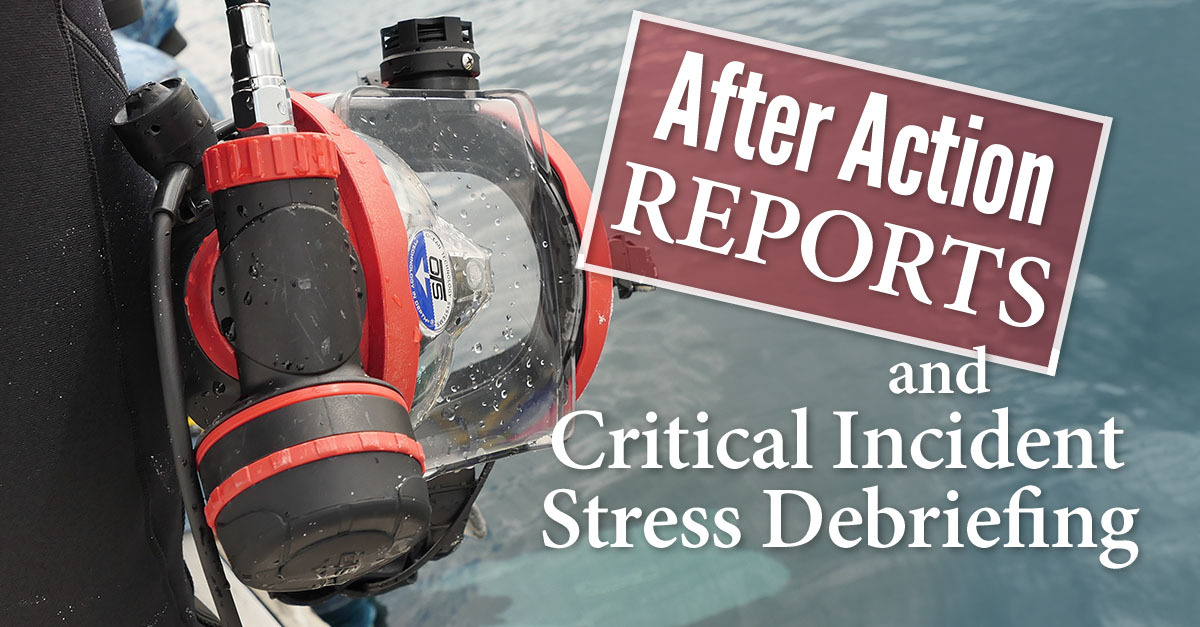
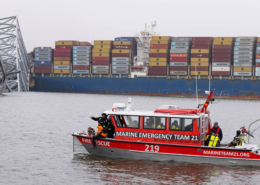 Photo By: Defense Visual Information Distribution Service
Photo By: Defense Visual Information Distribution Service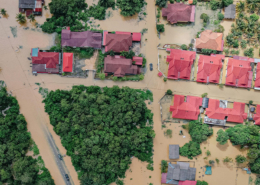

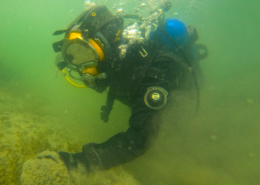
 Y. ZIN
Y. ZIN

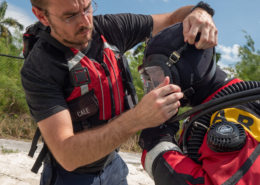
Leave a Reply
Want to join the discussion?Feel free to contribute!